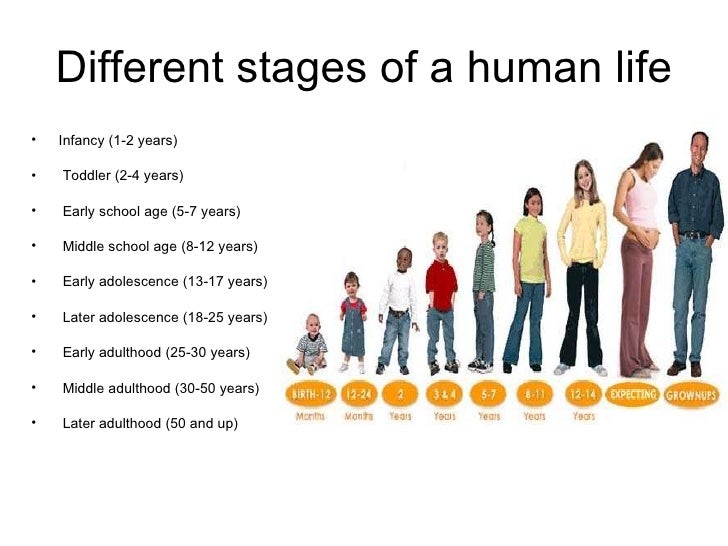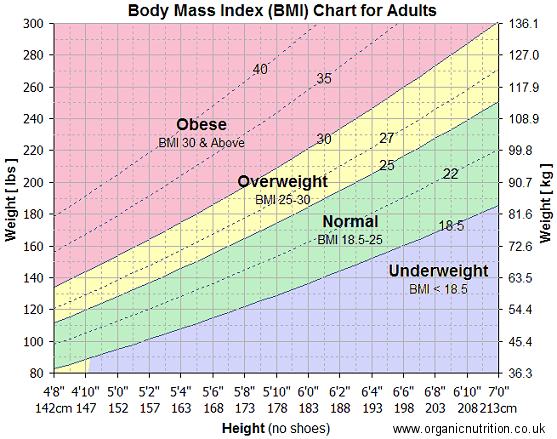The Ins and Outs of Digestion
When we become hungry it sends sensations to the the brain and hormones that it is time to prepare the body for digestion of macro nutrients fat, carbohydrates, and protein, to keep the body renewing.
To see a 3-D image of how the digestive system works click
here.
Once foods enters the mouth the brain begins to send
signals the rest of the body that it is time to begin to digest and absorb the
food. The purpose of the digestive tract
is to give the body a large surface area to absorb nutrients into the blood
stream, and excrete any unusable materials from the body. The flexibility of the digestive system
allows food to travel through the digestive system. The food begins its journey through the mouth
and travels through the throat, esophagus, stomach, small intestine, large
intestine, and through the rectum into the anus. Each of these areas of the digestive tract has
a specific purpose for digestion and absorption of nutrients. There are also organs on the outside of the
digestive tract that help with the digestion of food; the liver, the
gallbladder, and the pancreas.
In the mouth the food is prepared for
digestion by being chewed into little pieces using the teeth. The tongue
and the jaw help to move the food around in the mouth so that it is masticated
enough to be digested. In the mouth
there are acids and enzymes called amylase, as well as water, and mucous. All of these form saliva that helps to break
down the starches and start to break down fat.
Through
mashing and squeezing, otherwise known as peristalsis, the masticated food that
is now in the form of a ball or bolus is then moved into the pharynx where this
peristalsis pushes it into the esophagus.
The esophagus, which is about 25 cm long (The Digestive Tract, 2001),
takes the bolus down through the cardiac sphincter into the stomach where the food
is mashed into a "fine paste" (Sizer & Whitney, 2014) using the
muscle layers of the stomach. There
are digestive juices in the stomach that help to break down the food. These digestive juices are made up of
Hydrochloric Acid, Pepsin, and Mucous.
The Hydrochloric acid breaks down proteins so that they are soft and can
be digested easier. Hydrochloric acid also acts as a way of protecting the stomach from
bacteria. Pepsin protects the stomach
from being burned by its own acids and breaks down the proteins into amino
acids. Once the food has been sufficiently mixed and churned it becomes a liquid called
Chyme.
Now
that the food is in Chyme form it will be controllably forced a little at a
time through the bottom sphincter muscle called the pyloric valve. This is the entrance of the small intestine
known as the duodenum. The small
intestine is where the nutrients are absorbed through millions of little villi
and microvilli. This occurs over several
hours before emptying into the large intestine or colon. Once
in the small intestine hormones signal the gallbladder to contract and release
an emulsifier or bile. The pancreas
is also alerted that it needs to release its chemicals known as bicarbonate. These have to be released in just the right amount
in order to help reduce the stomach's acid.
The walls of the small intestines also have enzymes that help make the
nutrients small enough to absorb carbohydrates, fats and proteins. Some water, fiber, and minerals stay in the
colon and are broken down by bacteria. This
fiber releases fat that is absorbed by the cells in the intestines for energy.
The
large intestine is "wider than the small intestine but shorter in
length" (The Digestive Tract, 2001).
The job of the large intestine is to eliminate the unused waste and
reabsorb water that was freed in the early digestive process and absorb
minerals.
There are not any enzymes
released in the colon so there is no digestion occurring at this point.
From here the solids travel through the
rectum and out through the anus where they leave the body.
A
healthy body requires a healthy digestive tract.
When eating our body is signaled to begin the
digestive process which consists of mechanical and chemical processes working
together to break down the food so that nutrients and minerals as well as fats
and proteins can be absorbed into the body to help with the constant renewal of
the body and to provide energy.
Maintaining a proper diet and
being in tune with the normal workings of the digestive tract can help to
ensure healthy digestion and therefore a healthy body.
References:
The Digestive System.
YouTube. Retrieved
from http://www.youtube.com/watch?v=Z7xKYNz9AS0&feature=related
Cohen, B.G. & Wood D.L. (2000). Digestive System. Memmler's the Human Body in Health and Disease (9th ed.). Philadelphia Lippencott, Williams, & Wilkins.
The digestive tract. (2001). Chemist & Druggist, ,
19. Retrieved from http://search.proquest.com/docview/274881530?accountid=32521
Inner Body. (n.d.). Digestive System. Retrieved from http://www.innerbody.com/image/digeov.html
Sizer, F. & Whitney, E. (2013). Nutrition:
Concepts and Controversies (13th ed.). Mason, OH: Cengage Learning.








